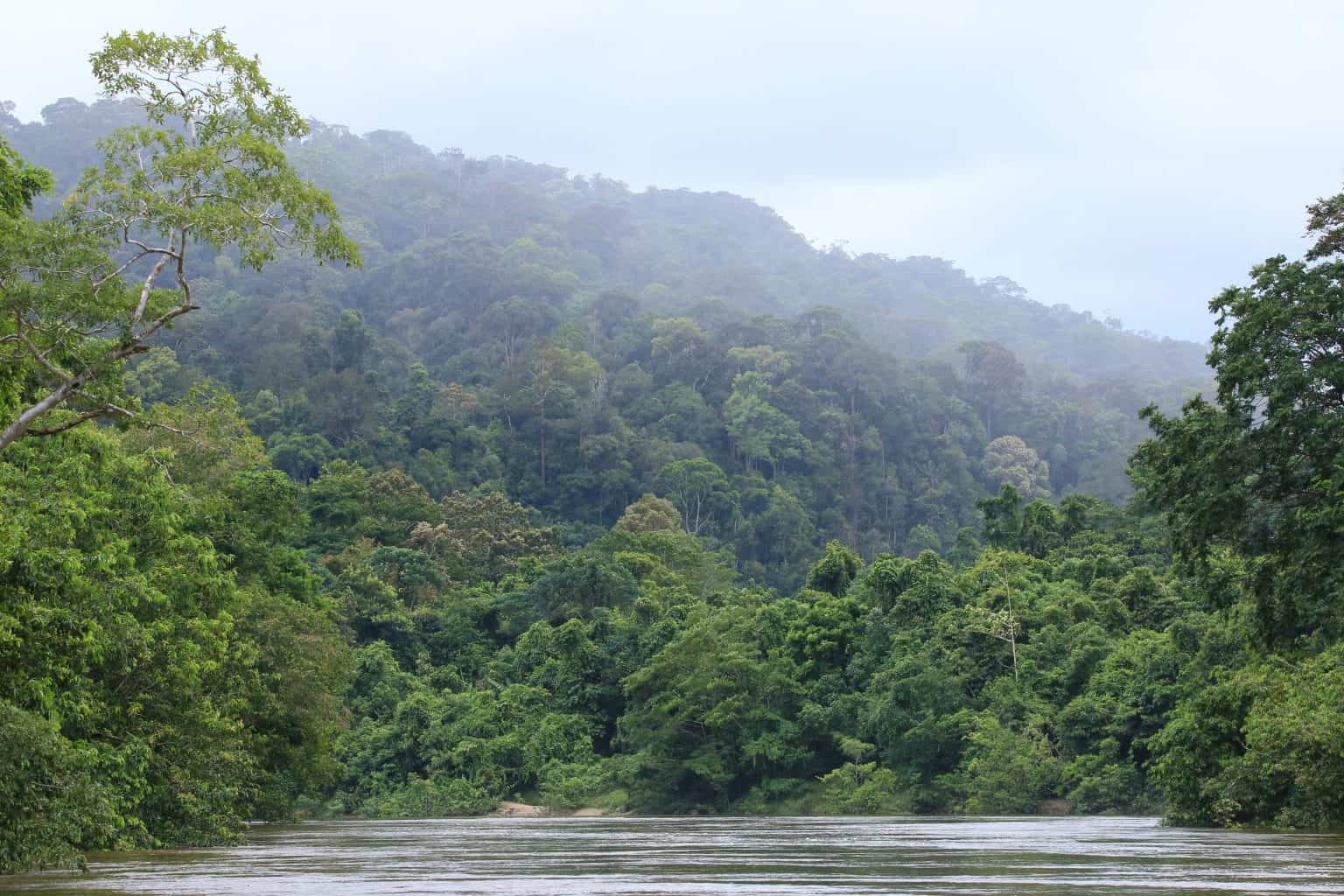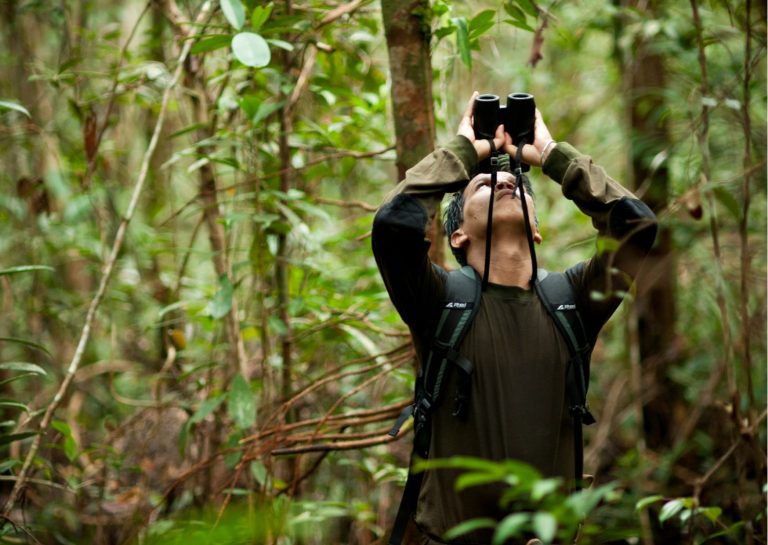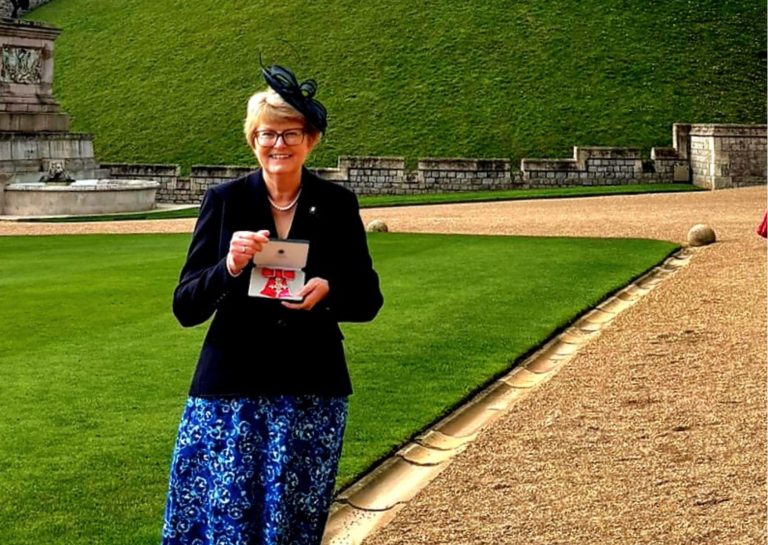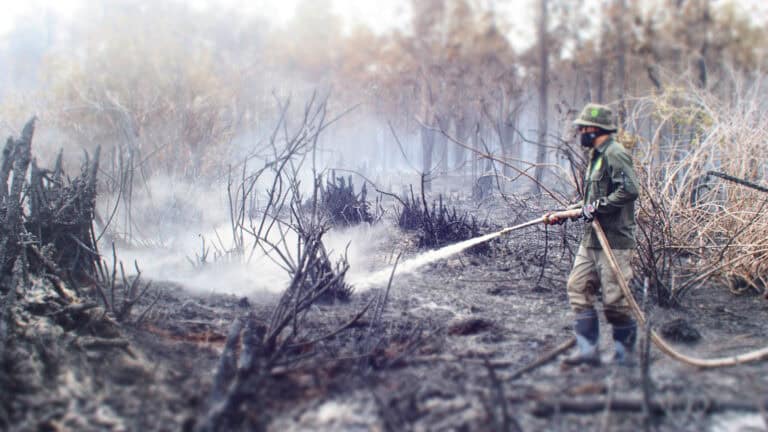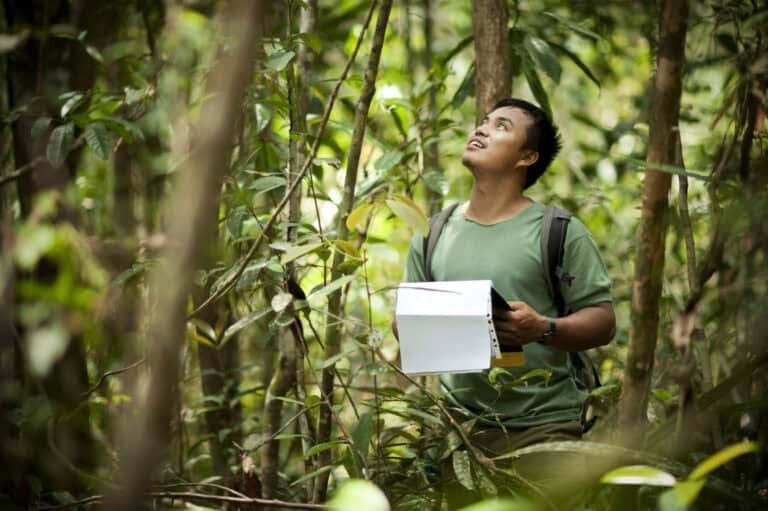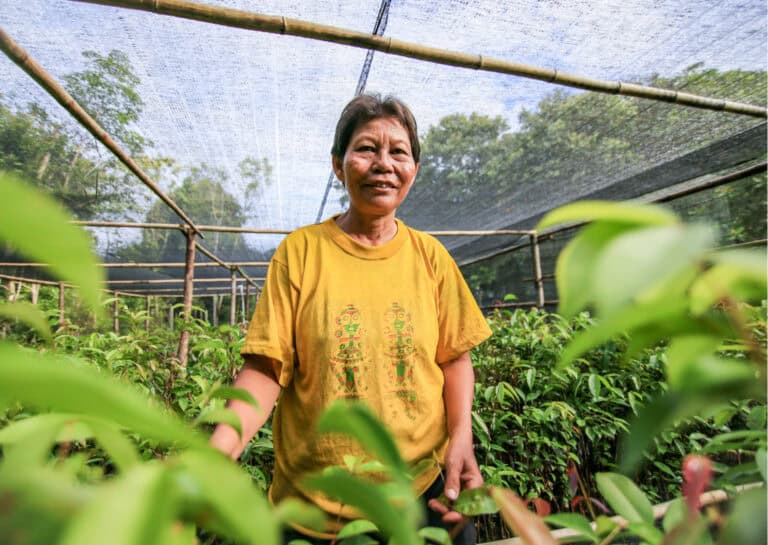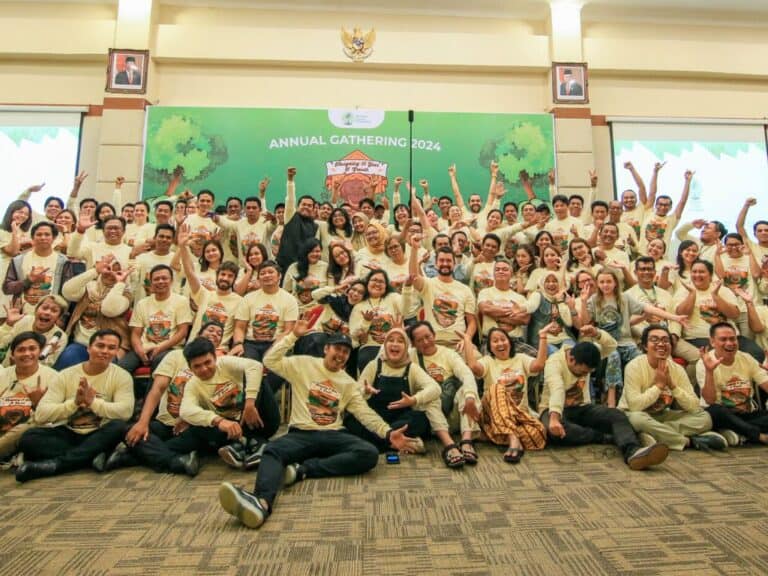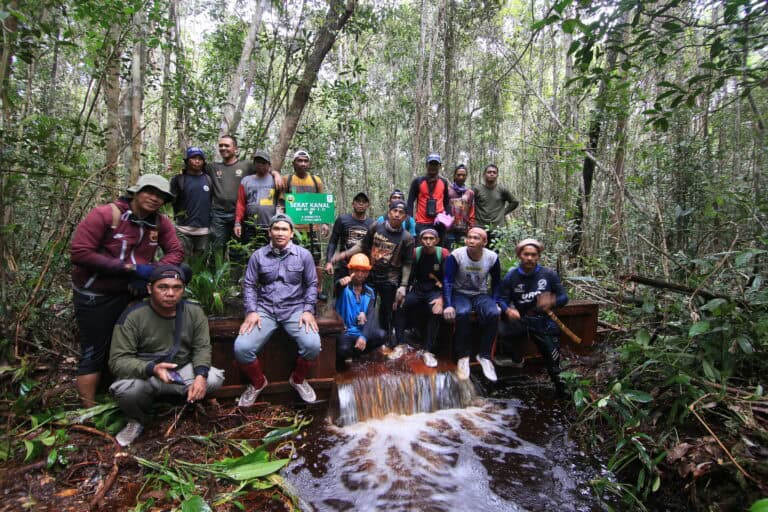Features | Posts | Conservation
When you can’t see the trees for the forest…
Borneo is one of the most biodiverse regions on Earth, host to a staggering array of plant species. In fact, one ten-hectare plot in Borneo can contain more than 700 tree species, a number equal to that of the United States and Canada combined! However, much of the island’s forests have been lost, exploited for their timber, cleared to make way for plantation agriculture, or destroyed by forest fires exacerbated by El Niño drought conditions. Protected forest areas like the Sebangau National Park are therefore crucial for the conservation of Borneo’s trees, preventing them from being pushed to the brink of extinction.
This is particularly important for those species which are targeted for their timber. Before the Sebangau National Park was created it was logged commercially for twenty years, and then heavily illegally logged for another seven years before the Indonesian government created and protected the Park. For 10-15 of the most valuable timber species, this logging meant the removal of almost all mature individuals, altering the canopy structure and tree-species composition of the forest.
Plants and fungi tend to take a backseat in our conservation communications, eclipsed by charismatic megafauna. Orangutans may be the poster children for rainforest conservation in Borneo, but to protect animals, we must protect their habitat. And without trees, there would be no forest!
Where we work in the Sebangau National Park, Central Kalimantan, our teams have been keeping close tabs on ten IUCN Red Listed tree species. With support from Fondation Franklinia, a charity dedicated to tree-species conservation, we are surveying the conservation status of each of these timber trees, helping to develop species-specific recovery plans and growing seedlings for re-planting, with the aim of re-establishing the natural forest composition in the Sebangau National Park.
Let’s meet a few of Sebangau’s threatened trees…
Ramin (Gonystylus bancanus)
IUCN Red List – Critically Endangered (CR)
Once ubiquitous throughout Borneo’s peat-swamp forests, the endemic ramin tree is now listed by the The International Union for Conservation of Nature (IUCN) as Critically Endangered. Due to its high price on the international market, where it is prized as a high-quality timber used for manufacturing wooden-blinds and pool cues, ramin was a primary target for loggers during the illegal logging epidemic. In Indonesia, a moratorium on its exportation has greatly reduced the trade of ramin; however, some threats to the species persist. The population density of ramin trees is variable and determined by the depth of peat in the habitat (The Government of Indonesia, 2012). With the continued decline of its native swamp forests, habitat loss poses a serious risk to the species’ recovery.
Borneo kauri (Agathis borneensis)
IUCN Red List – Endangered (EN)
Borneo kauri is a large, evergreen tree that can grow up to 55 metres tall. Another extremely sought-after species on the international market, kauri is favoured for its timber and high quality resin. Deforestation and targeted logging have depleted the species’ global population, particularly across the chief part of its range in Borneo and Sumatra, with an estimated 50% reduction between 1950 and 2025 “probably on the conservative side”. Habitat degradation has meant further reductions in the recruitment of young trees to replace those cut down, making it difficult for the species to recover. There are few protected areas available to Borneo kauri and commercial plots are still limited to small-scale enterprises within its native range.
Meranti (Shorea spp.)
Shorea teysmanniana / IUCN Red List – Endangered (EN)
Shorea balangeran / IUCN Red List – Vulnerable (VU)
Shorea uliginosa / IUCN Red List – Vulnerable (VU)
Shorea is a genus comprising over 190 tree species, 91 of which are endemic to Borneo. Timber from Shorea is sold under the name meranti, one of the most important market timbers in Southeast Asia. Shorea trees were once common along forest fringes, but mature individuals have almost entirely disappeared from many sites due to intensive logging, fuelled by demand for its versatile wood. The vast majority of Shorea species assessed by the IUCN Red List are at high risk of extinction. Unfortunately, this holds true for three Shorea species found within the Sebangau National Park: S. teysmanniana, S. balangeran and S. uliginosa.
Now we better understand what’s at stake, what is BNF doing about all this?
Habitat protection and restoration
The Sebangau forest is protected by its National Park status, in place since 2004. Illegal logging is very rare and community patrols serve as an extra layer of deterrent. Nonetheless, despite these protections, there is still one major threat to contend with: fire.
Maintained in their proper state, peat-swamp forests like that of Sebangau National Park are permanently waterproof and fire resistant. However, man-made drainage channels, dug illegally to transport timber and develop plantations, have dried out the peat, leaving the forest vulnerable to fires. Over the course of two particularly bad dry seasons in 2015 and 2019, massive wildfires in Borneo destroyed over 2.2 million hectares of forest, an area larger than Wales!
Restoring drained and degraded peatlands is important to mitigate the root causes of fire. At BNF, we work closely with local communities and government agencies to block canals for peat re-wetting, fight annual dry-season fires, and replant deforested and burnt areas. As part of these coordinated habitat protection efforts, we recently launched a campaign to plant 1 Million Trees in areas of burnt forest by 2025. To date, replanting has centred on nine native trees, including the threatened Shorea balangeran, an important pioneer species that grows readily in open conditions.
Reforesting with threatened trees will boost their populations, preserving plant diversity and helping to re-establish a healthy forest structure. Once restored, the forests will grow and regenerate naturally, supporting a rich variety of flora and fauna. Help us protect these vital pillars of biodiversity, Borneo’s threatened trees, by donating to our 1 Million Trees campaign today!
Written by Olivia Pilmore-Bedford, Communications and Content Officer, Borneo Nature Foundation International

